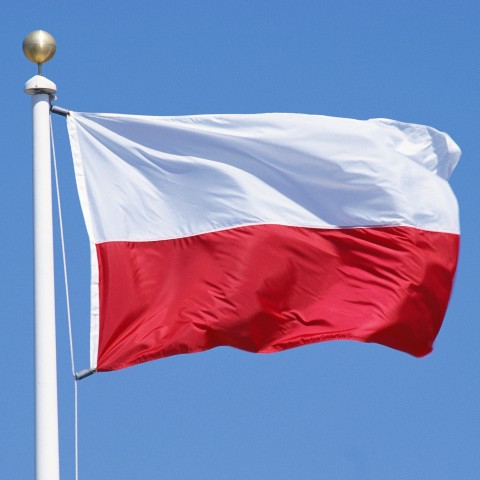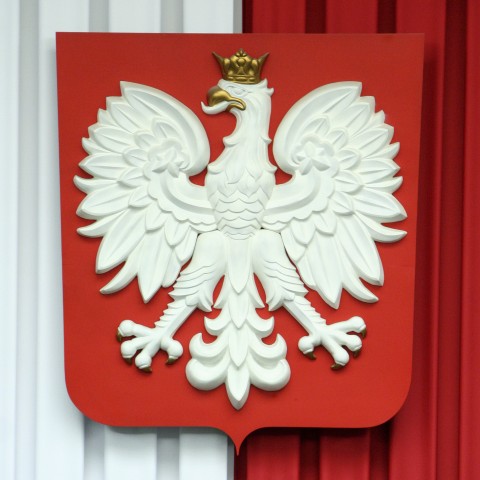There’s no need to convince anyone that Poland has had a colorful history. For more than a thousand years, from its legendary beginnings to the most recent events, the fate of our country has been very diverse. There were times when Poland, united in a union with Lithuania, was a power that other countries had to reckon with. But, let’s be honest, that was a very long time ago. Newer history has been much less gracious to Poland, and as a result, the country ceased to exist for over 120 years!
In this article, you’ll learn some Polish Independence Day history, and how Poles today celebrate! At PolishPod101.com, we aim to make every aspect of your language-learning journey both fun and informative!
1. What is Polish Independence Day?
1- The Regaining of Independence
From 1772 on, Poland fell victim to attacks from three countries—Russia, Prussia and Austria—which resulted in three partitions of Poland. The end result was the seizure of all Polish lands and the disappearance of Poland from the map of Europe for 123 years. Thanks to steadfastness, patriotism, and a never-ending battle, the Poles finally regained their independence, with the great contribution of Marshal Józef Piłsudski.
Regaining its independence at the beginning of the twentieth century after such a long time was a really big event; after all, all the people who remembered Poland from before servitude times were long dead. You must be thinking that in such circumstances, the Independence Regaining Holiday must be the most joyous day of the year for Polish? Nothing of the sort.
While the regaining of independence in itself is joyous, Poles can never forget all the lives that were lost in their fight for it.
2- Holiday History
Though Polish Independence Day was officially established in 1937, it was only celebrated twice before the outbreak of WWII.
From 1939 to 1944, during the war and Nazi occupation, everything that was Polish was destroyed, and any displays of Polish culture were also forbidden. Likewise, in the following years, when Poland was under the control of the USSR, all patriotic demonstrations were suppressed. Finally, after the fall of communism, this holiday was restored in 1989 and is celebrated to this day.
2. When is Independence Day in Poland?
Each year, Poland celebrates its independence on November 11. While the regaining of Poland’s independence obviously took much longer a day, Józef Pilsudski chose this date as the day of celebration.
3. Polish Independence Day Celebrations
For Polish Independence Day, Warsaw has some of the biggest celebrations, mostly on Pilsudski Square and by the Tomb of the Unknown Soldier, where a ceremonial changing of the guard always takes place. On Polish Independence Day, November 11, Polish flags are hung up everywhere; on buildings, and on special flag poles.
In Warsaw and other major cities, marches, parades, and political speeches are organized. For those who are not interested in lofty speeches or assemblies, other events are also organized, which aim at uniting Poles.
One of the most interesting Polish Independence Day traditions is the Warsaw Independence Run, which in 2012 registered a record number of participants, over 7,000. Each participant receives a medal and a certificate to say they completed the race. At the start, all the runners make the formation of a living Polish flag, which is an amazing sight.
4. Curl the Mustache?
What does the Warsaw marathon code phrase “Run straight, curl the mustache,” mean?
This is a playful form of respect and affection for Polish history, in which Józef Pilsudski played a big part, greatly contributing to Polish’s victory in restoring its independence, among other things. Marathon participants, who follow in Pilsudski’s footsteps by growing or sticking on a fake distinctive mustache, get a chance to win great prizes.
5. Essential Vocabulary for Polish Independence Day
Here’s some vocabulary you need to know for Independence Day in Poland!
- I Wojna Światowa — World War I
- Odzyskać niepodległość — Regain independence
- Uroczyste obchody — Celebration
- Hymn — Anthem
- Godło — Emblem
- Okupacja — Occupation
- Suwerenność — Sovereignty
- Rozbiór — Partition
- Zabór — Annexation
- Państwo — State
- Stolica — Capital
To hear each of these vocabulary words pronounced, and to read them alongside relevant images, be sure to visit our Polish Independence Day vocabulary list!
Final Thoughts
We hope you enjoyed learning about Polish Independence Day with us. Did you learn any new Polish Independence Day facts? How does your country celebrate its Independence Day? We look forward to hearing from you!
Learning about a country’s culture and history may be the most rewarding and enriching aspect of trying to master its language. If more Polish cultural information is what you’re after, you may find the following pages interesting:
- Warsaw Uprising Day: Remembering the Warsaw Uprising
- Tłusty Czwartek in Poland: How to Celebrate Polish Donut Day
- Top 20 Words You’ll Need for the Internet
- Tourist Attractions in Poland
- Should You Study Polish at Home or Abroad?
We know that learning a new language is a monumental task, but you can do it! And PolishPod101.com will be here with constant support and tons of essential learning materials, every step of the way. Create a free lifetime account today, and learn Polish effectively!
Happy Polish Independence Day!













